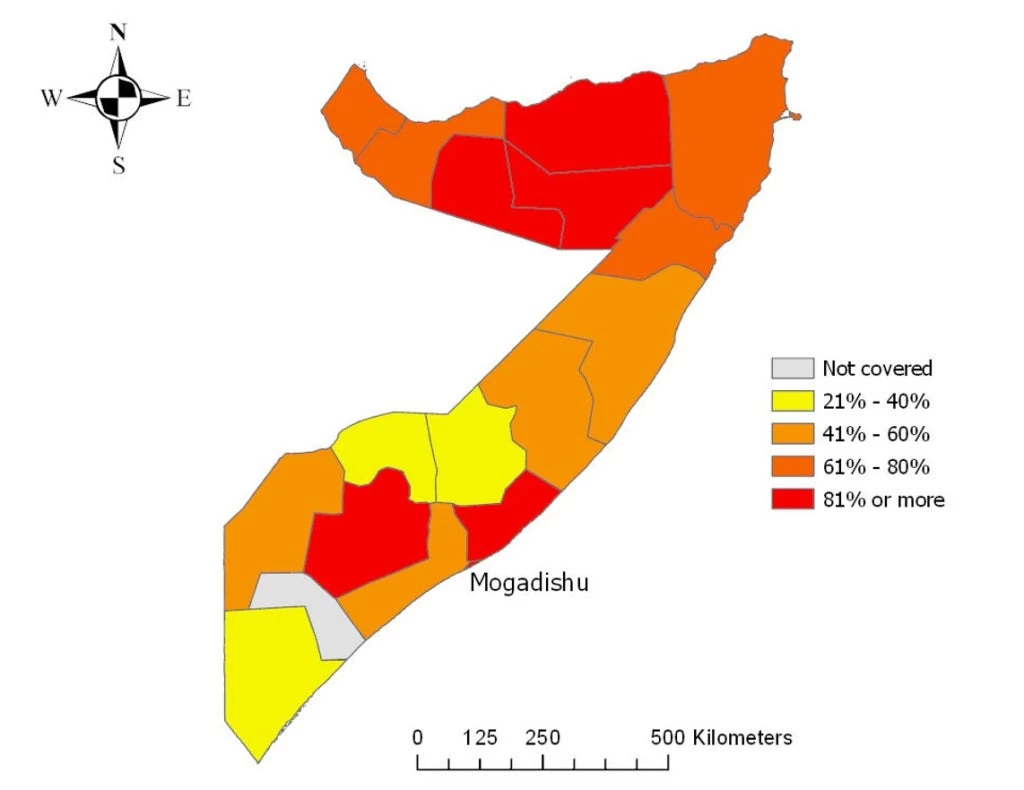
Cultural industries are the second largest employer in rural India. Cultural industries are also a US$100 billion global market. It's clear what the Bank could and should do in this area. Linking rural artists to this massive global market creates opportunities for both growth and poverty reduction, and it comes with the bonus of preserving the India's rich cultural heritage.
When people think of rural development, they mostly think of agriculture, but there is so much more to "rural" than people assume. Many of the traditional, heritage art forms --- also known as cultural industries --- have been kept alive in rural areas. Too often relegated as "quaint", these artists have been relegated to the informal sector, a poverty trap that leads many to abandon their art. JIYO! --- a JSDF-funded project in India that is linked to several rural livelihoods investment projects --- has been turning the typical view of rural arts upside down.
For 2 years JIYO! has worked to link rural artists with urban artists, designers, and marketers and bring heritage art to the contemporary stage. The result is JIYO! Creative & Cultural Industrial Pvt. Ltd., an artisan owned brand and company marketing clothing, home furnishings, media, food, and more. All products are created by rural artists and inspired by traditional arts. JIYO! is reawakening and reinvigorating the creative powers and market powers of rural and urban artists alike.

New media—radio, movies, television, etc.—have displaced these traditional entertainments, and put once busy artists out of business. The village of Nimalakunta in Andhra Pradesh suffered from this trend. But when a JIYO! artist found them, their lives began to change forever. K. Anjanappa, now a village artist and coordinator for JIYO!, describes it as Nimalakunta “was a diamond in the rough and JIYO! being the chisel that brought out their beauty and luster.”
What JIYO! brought was a new way of thinking. It is not about dogmatically defending tradition or replacing a traditional art form. It is about honoring traditional arts and building diverse products from the foundation they provide. Simply reviving the art of puppetry is not likely to be successful in this media rich environment, and shadow puppetry will die if the puppeteers and designers move out of the business. JIYO! is trying to help these artists find steady incomes while still using their artistic ability.
In Nimalakunta, artists still make puppets, but they also design lighting, which is the perfect medium for their art. Producing under JIYO! Home, the artists make contemporary lamps and shades that can compete with any top designer, and in some, you can still see the ancient epics of India depicted in a whole new way.
Diversification is paying dividends. Where a small puppet sells for Rs. 250 (US$ 6) in a market, a small lamp sells for Rs. 2600 (US$ 59). The prices can go as high at Rs 12,000 (US$ 270) for a floor lamp reminiscent of a space ship, which would fit into any modern setting.
So, the question should be, why aren’t we doing more?
JiYO! Improving the Lives of Rural Artisans Slideshow


Join the Conversation